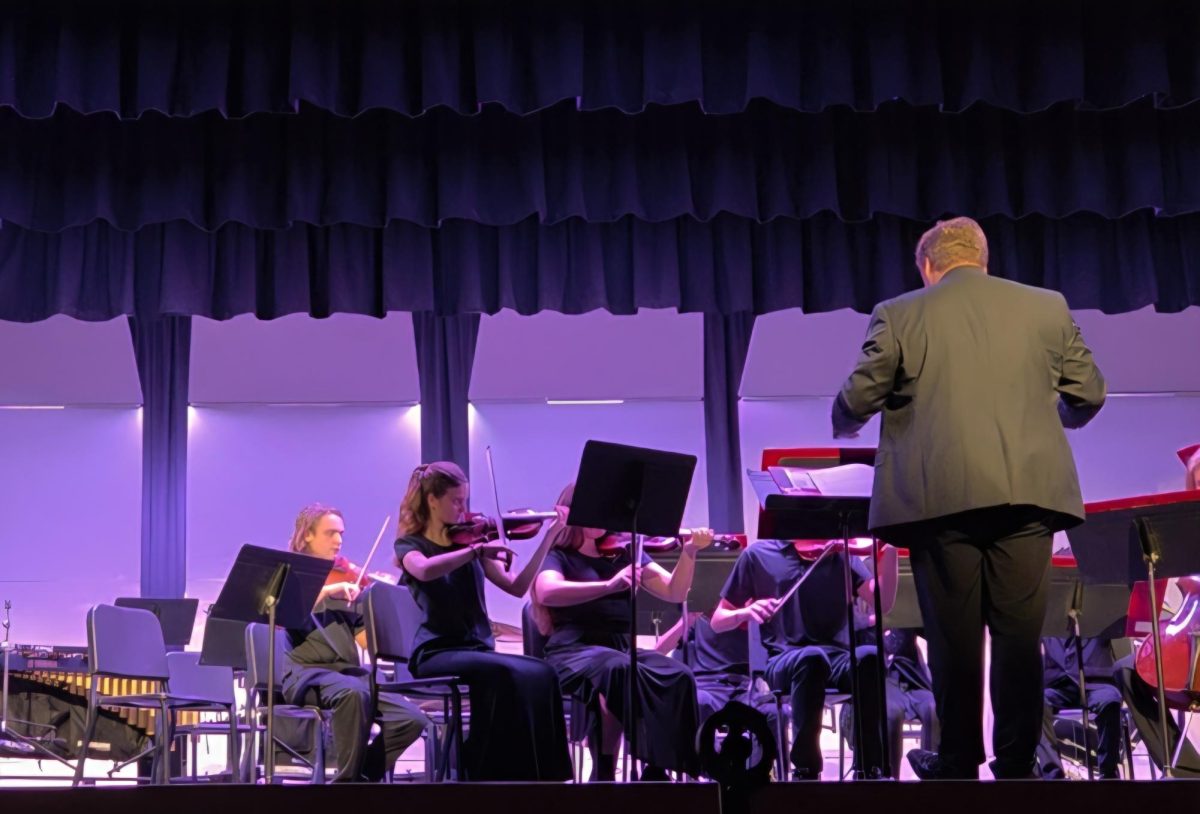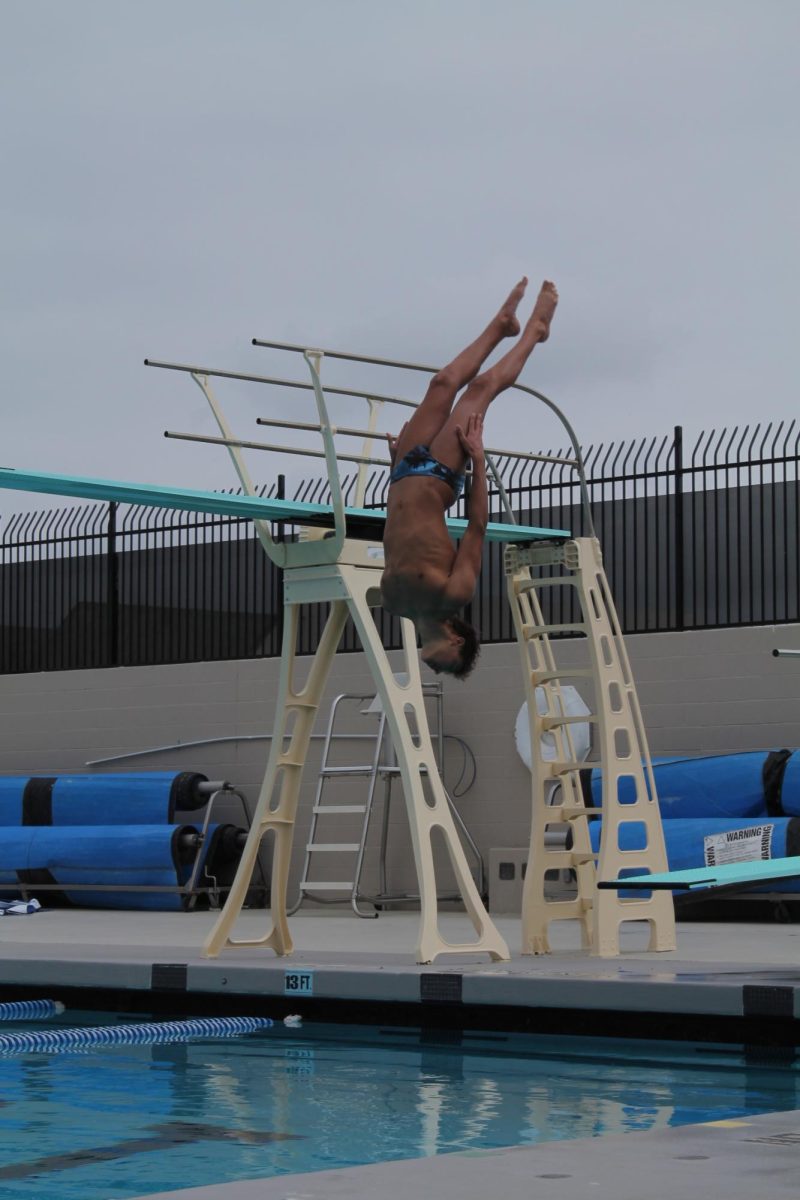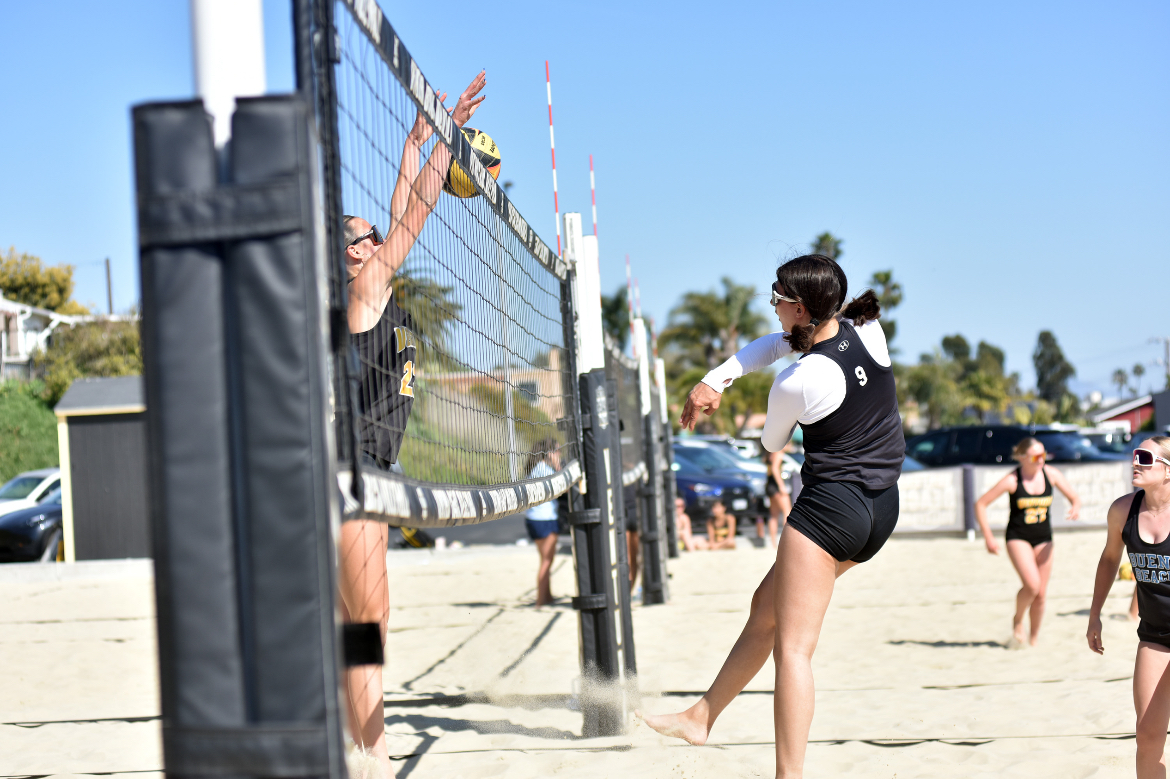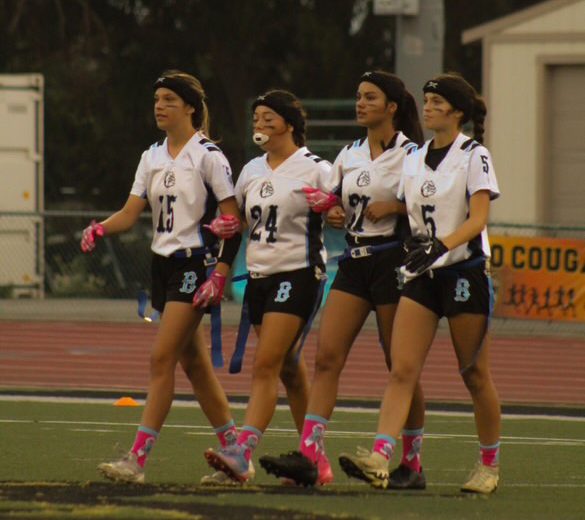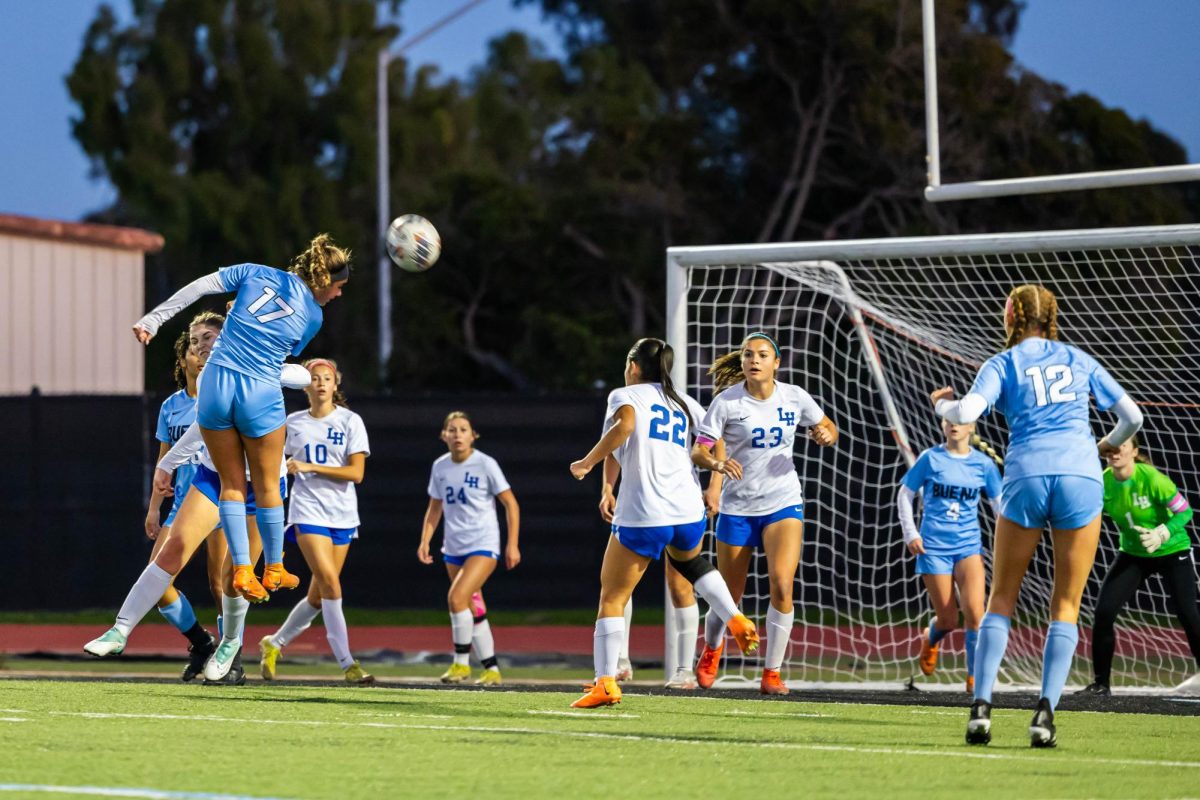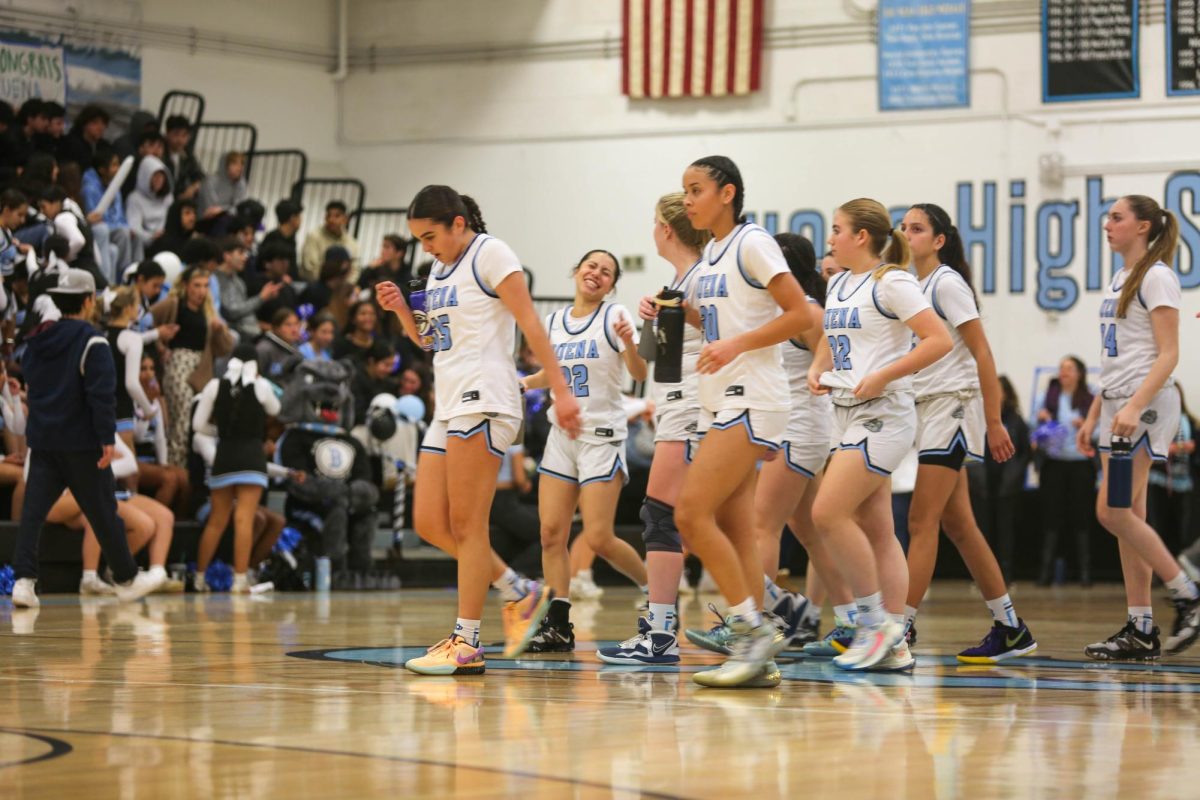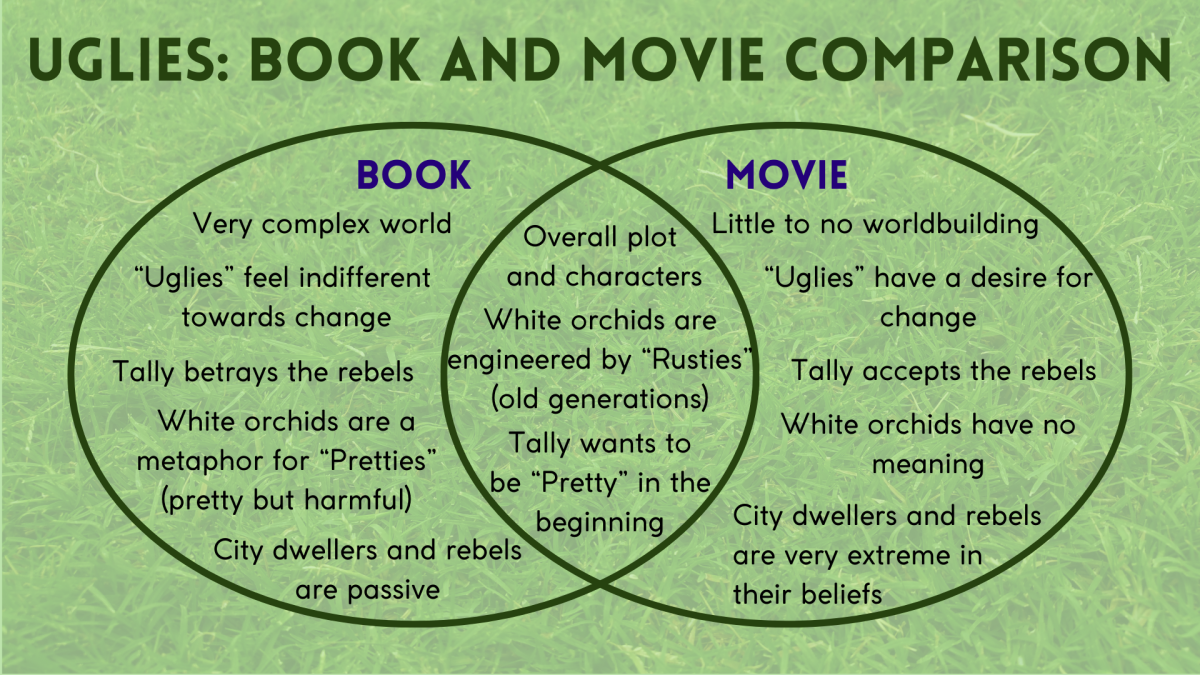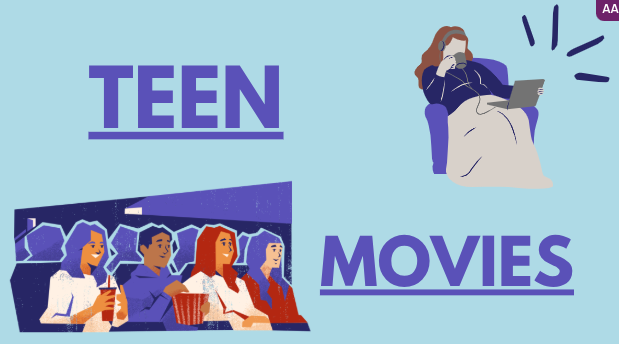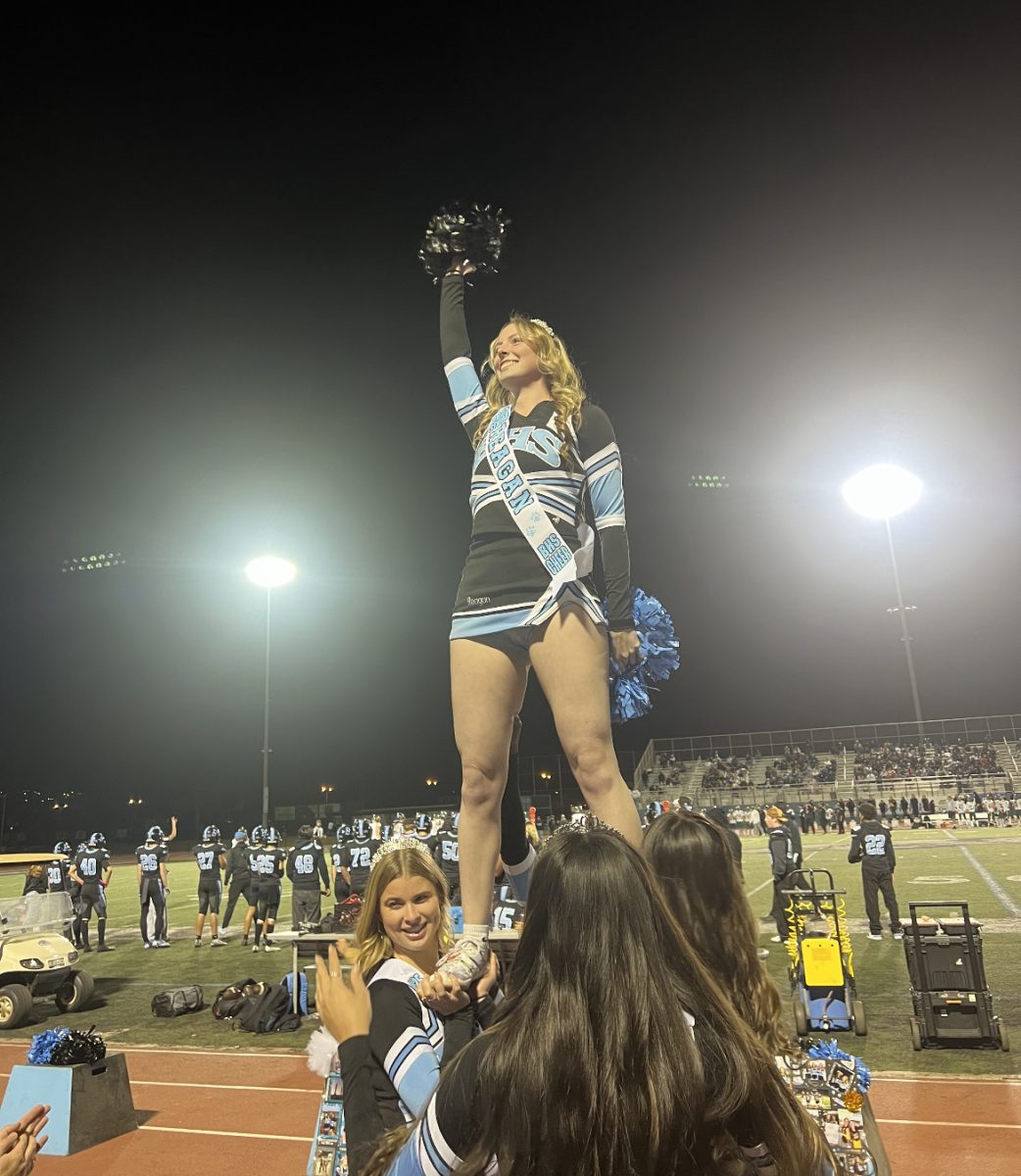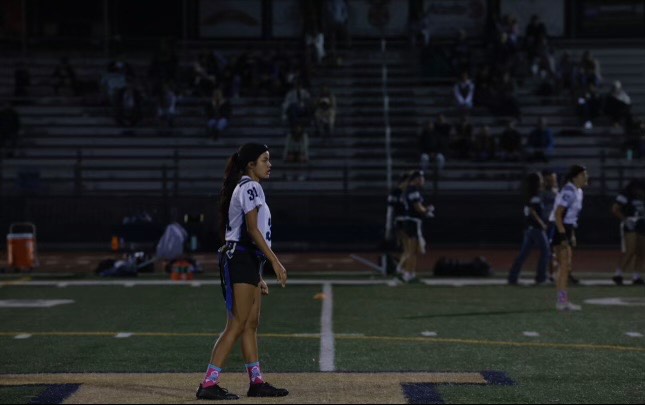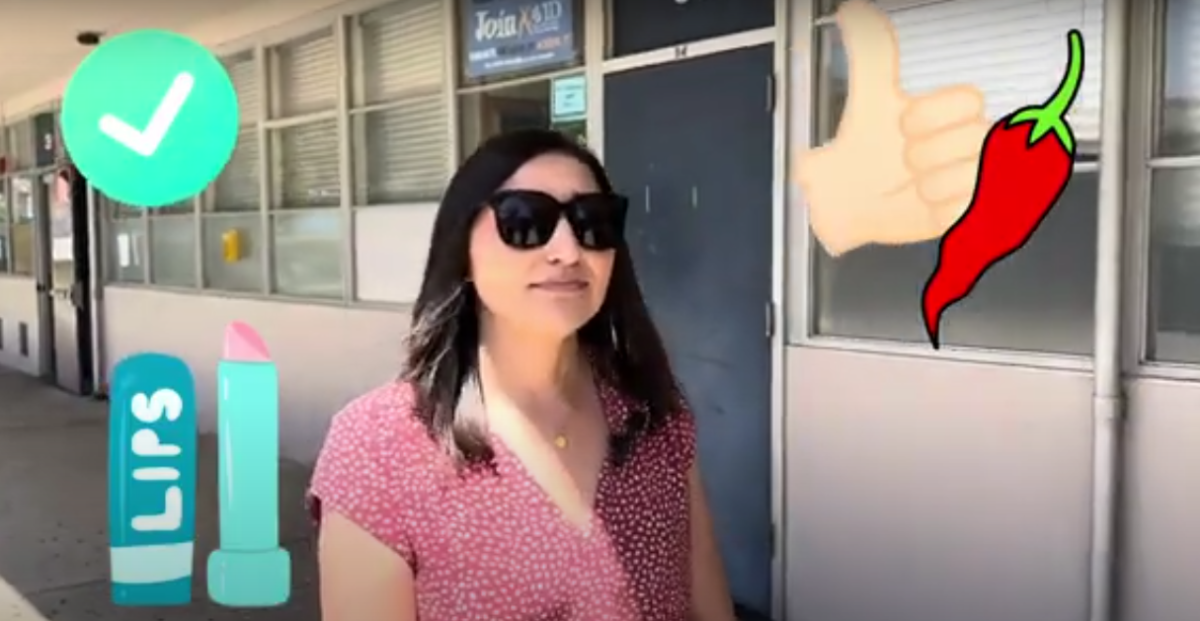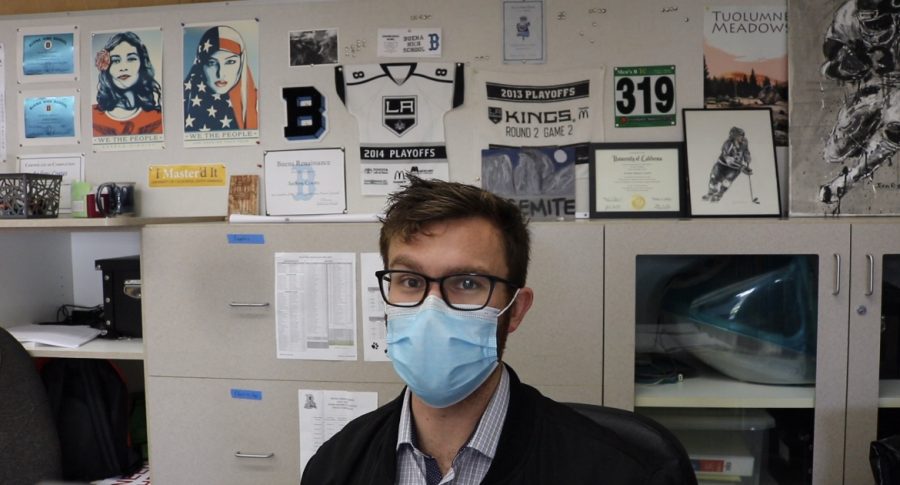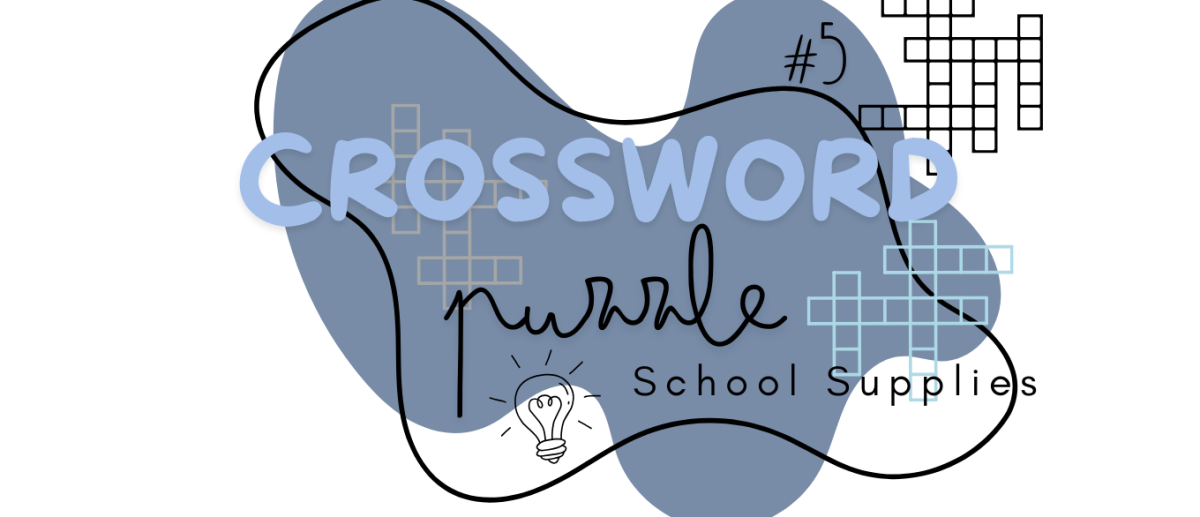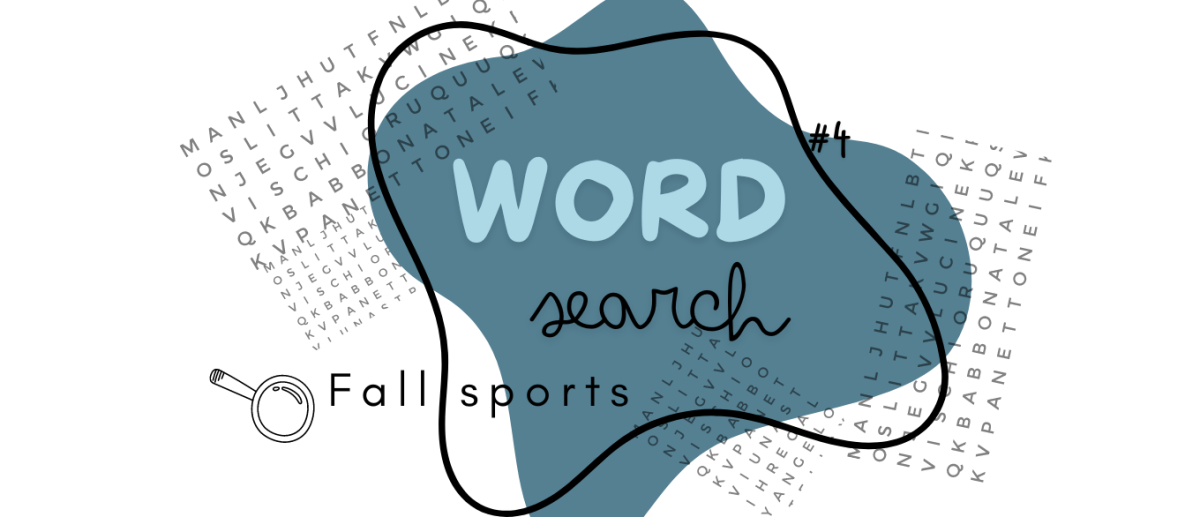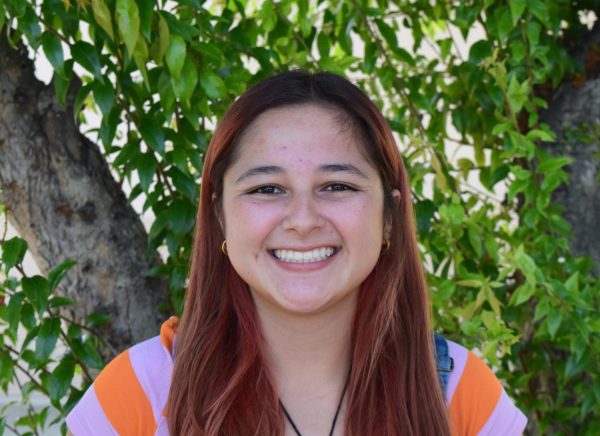Resources, support for unhoused student population
Statistics on students facing homelessness, during 2017-2020 school years
February 27, 2023
Homelessness is a growing problem in California, especially in high school students. During the 2020-21 school year, the California census counted 183,312 students facing homelessness; 38 of those students attend Buena.
While this number may seem insignificant when compared to the entire student body, this does not account for students in the foster care system, and those who have been recently adopted. Many of these students have faced homelessness in the past but are no longer classified this way.
Homelessness does not mean students are not living in a house, instead they are left without a permanent and stable home. This includes students who are staying with extended family, or doubled up with other students.
Despite school personnel and counselors being aware that students are in these situations, not all students are aware of the resources available to them through school, or are comfortable with asking for the help they need.
“It is rare that [students] would come in and ask specifically for homeless resources,” SAP counselor Matthew Lazansky said. “It is hard for people to seek help.”
However, once students do ask for help they will receive various flyers and brochures from their counselor with information. There are also hotlines students can call on the back of their ID card, one of which is for students who are homeless or have run away.
Based on each student’s situation, they are offered other resources. Buena’s homeless and foster youth family liaison, Laura De La Rosa said in an email interview, that she provides possible resources for students facing these circumstances. She also has various items like backpacks, hygiene and dental kits, and at times jackets and pajamas when she is able to provide them.
All students that fall under the homeless umbrella, or who lack permanent residency, are facing unique challenges. Some can face homelessness for long periods of time and become “a product of the system,” while others are only temporarily in this situation.
“It just depends on the situation,” Lazansky said. “Sometimes it [homelessness] lasts their whole [high school] career.”
Usually counselors are one of the first to become informed and involved with students in this position, but other school staff and teachers can be made aware as well. Along with information about academic placements and health, students’ housing circumstances are included in their Q profiles as well. Teachers are able to access this information, and use the information as they see fit; like offering extra support with assignments and deadlines.
Instability in a student’s home life and housing situation can lead to negative effects on academics and behavior. Lazanksy said that counselors and staff try to act as the “stable place” for students to provide a “safe space,” to help mitigate these issues.
While some students facing homelessness may act out, or demonstrate a lack of academic progress and interest due to their circumstances; this is not true for all individuals in this situation.
“There are kids you would have never known are homeless, that are high performing, and doing very well,” Lazansky said.

